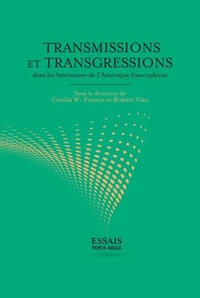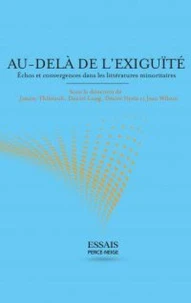OECD Environmental Outlook to 2050. The Consequences of Inaction
Par :Formats :
Disponible dans votre compte client Decitre ou Furet du Nord dès validation de votre commande. Le format PDF est :
- Compatible avec une lecture sur My Vivlio (smartphone, tablette, ordinateur)
- Compatible avec une lecture sur liseuses Vivlio
- Pour les liseuses autres que Vivlio, vous devez utiliser le logiciel Adobe Digital Edition. Non compatible avec la lecture sur les liseuses Kindle, Remarkable et Sony
 , qui est-ce ?
, qui est-ce ?Notre partenaire de plateforme de lecture numérique où vous retrouverez l'ensemble de vos ebooks gratuitement
Pour en savoir plus sur nos ebooks, consultez notre aide en ligne ici
- Nombre de pages350
- FormatPDF
- ISBN978-92-64-12224-6
- EAN9789264122246
- Date de parution15/03/2012
- Copier Coller01 page(s) autorisée(s)
- Protection num.Digital Watermarking
- Taille6 Mo
- Transferts max.Autorisé
- Infos supplémentairesPDF avec Watermark
- ÉditeurOECD
Résumé
Humanity has witnessed unprecedented growth and prosperity in the past decades, with the size of the world economy more than tripling and population increasing by over 3 billion people since 1970. This growth, however, has been accompanied by environmental pollution and natural resource depletion. The current growth model and the mismanagement of natural assets could ultimately undermine human development.
The OECD Environmental Outlook to 2050 asks "What will the next four decades bring?" Based on joint modelling by the OECD and the Netherlands Environmental Assessment Agency, it looks forward to the year 2050 to find out what demographic and economic trends might mean for the environment if the world does not adopt more ambitious green policies.
It also looks at what policies could change that picture for the better. This Outlook focuses on four areas: climate change, biodiversity, freshwater and health impacts of pollution. These four key environmental challenges were identified by the previous Environmental Outlook to 2030 (OECD, 2008) as "Red Light" issues requiring urgent attention.
It also looks at what policies could change that picture for the better. This Outlook focuses on four areas: climate change, biodiversity, freshwater and health impacts of pollution. These four key environmental challenges were identified by the previous Environmental Outlook to 2030 (OECD, 2008) as "Red Light" issues requiring urgent attention.
Humanity has witnessed unprecedented growth and prosperity in the past decades, with the size of the world economy more than tripling and population increasing by over 3 billion people since 1970. This growth, however, has been accompanied by environmental pollution and natural resource depletion. The current growth model and the mismanagement of natural assets could ultimately undermine human development.
The OECD Environmental Outlook to 2050 asks "What will the next four decades bring?" Based on joint modelling by the OECD and the Netherlands Environmental Assessment Agency, it looks forward to the year 2050 to find out what demographic and economic trends might mean for the environment if the world does not adopt more ambitious green policies.
It also looks at what policies could change that picture for the better. This Outlook focuses on four areas: climate change, biodiversity, freshwater and health impacts of pollution. These four key environmental challenges were identified by the previous Environmental Outlook to 2030 (OECD, 2008) as "Red Light" issues requiring urgent attention.
It also looks at what policies could change that picture for the better. This Outlook focuses on four areas: climate change, biodiversity, freshwater and health impacts of pollution. These four key environmental challenges were identified by the previous Environmental Outlook to 2030 (OECD, 2008) as "Red Light" issues requiring urgent attention.

















